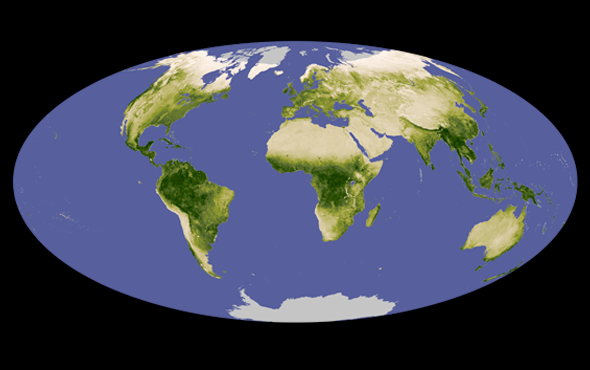Sharks wielding research cameras in the Bahamas, Mexico’s spider monkey diplomacy, a carbon “time bomb” in the Republic of Congo, and much more in this month’s Quick Hits

BAHAMAS
Biologists strapped small cameras onto tiger sharks to study seagrass in the Caribbean. The footage helped expand estimates of the global area of seagrass coverage by 41 percent—a good sign for the climate because seagrass stores carbon.
CHINA
Scientists have struggled to identify the creatures that left behind the world’s oldest skeletal remains—500-million-year-old tubelike structures. Now a new analysis of specimens from Yunnan (including a rare look at their fossilized soft tissues) suggests the animals were jellyfish relatives that resembled sea anemones.
MALAYSIA
Researchers have produced stem cells using skin from Malaysia’s last male Sumatran rhinoceros, Kertam, who died in 2019. Converting these cells into viable spermatozoa could help to save the critically endangered animal from extinction.
MEXICO
Archaeologists unearthing an administrative complex of the ancient city Teotihuacán found the roughly 1,700-year-old skeleton of a spider monkey that was not native to the region. Experts suspect it was a gift from the neighboring Maya, pointing to previously unknown animal-based diplomacy.
REPUBLIC OF CONGO
A new study suggests the Congo peatlands have alternated—every few thousand years—between releasing carbon dioxide (when dry) and storing it (when wet). This may mean the peatlands are a climate change “time bomb” set to release stored carbon as they dry.
U.K.
A meteorite that landed in an English driveway has been found to contain water with a ratio of hydrogen isotopes resembling Earth’s. This supports the idea that the young Earth’s water could have been brought by asteroids.
This article was originally published with the title “Quick Hits” in Scientific American 328, 2, 18 (February 2023)
doi:10.1038/scientificamerican0223-18a
